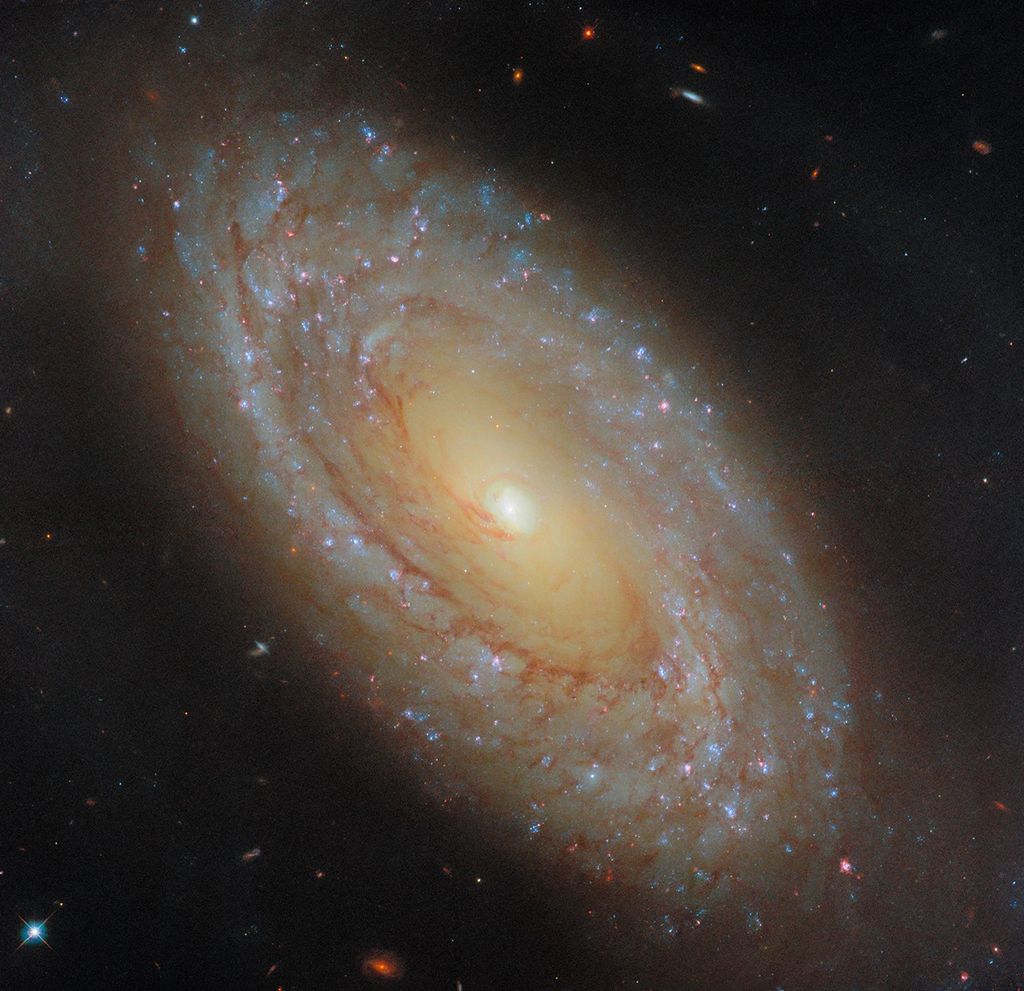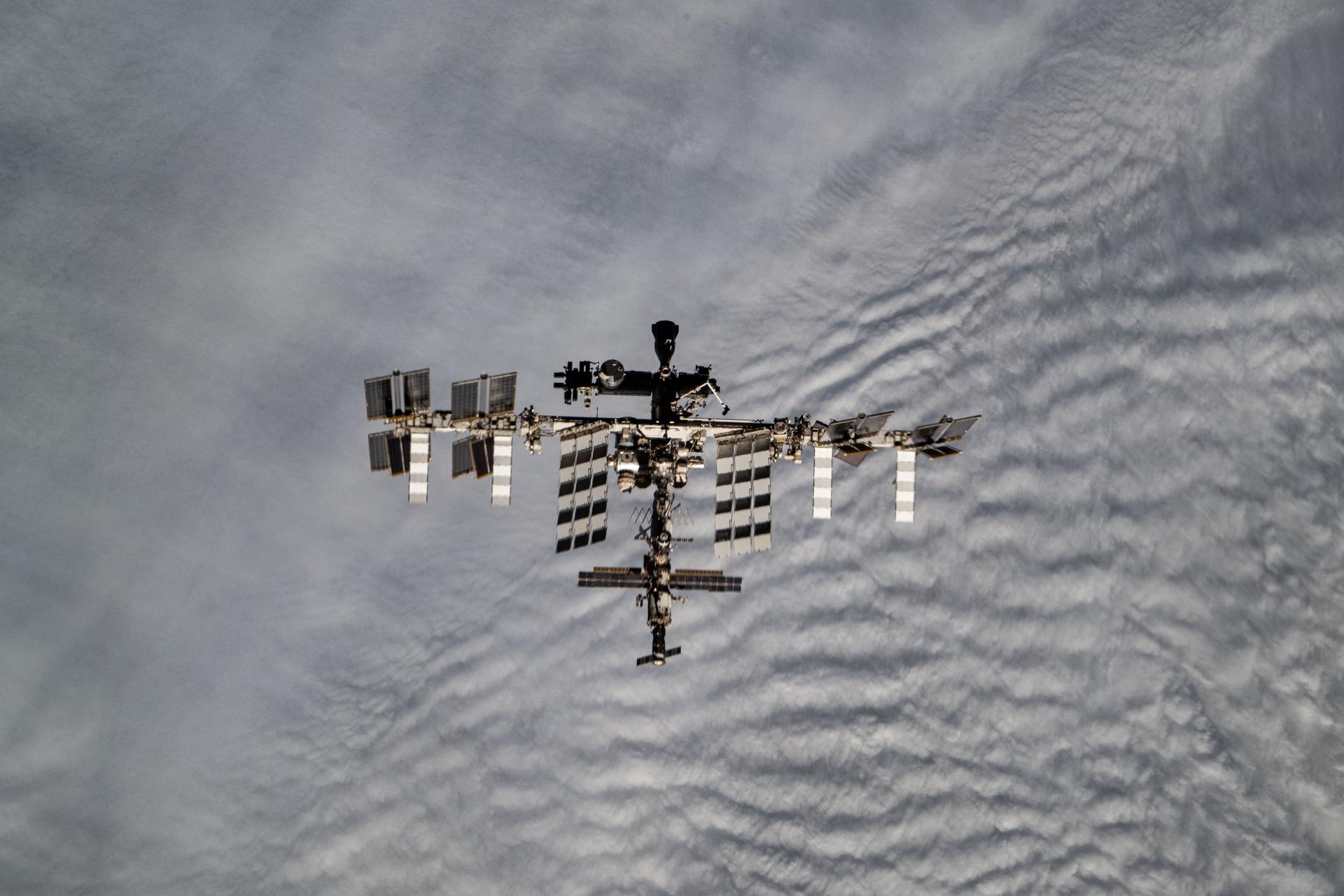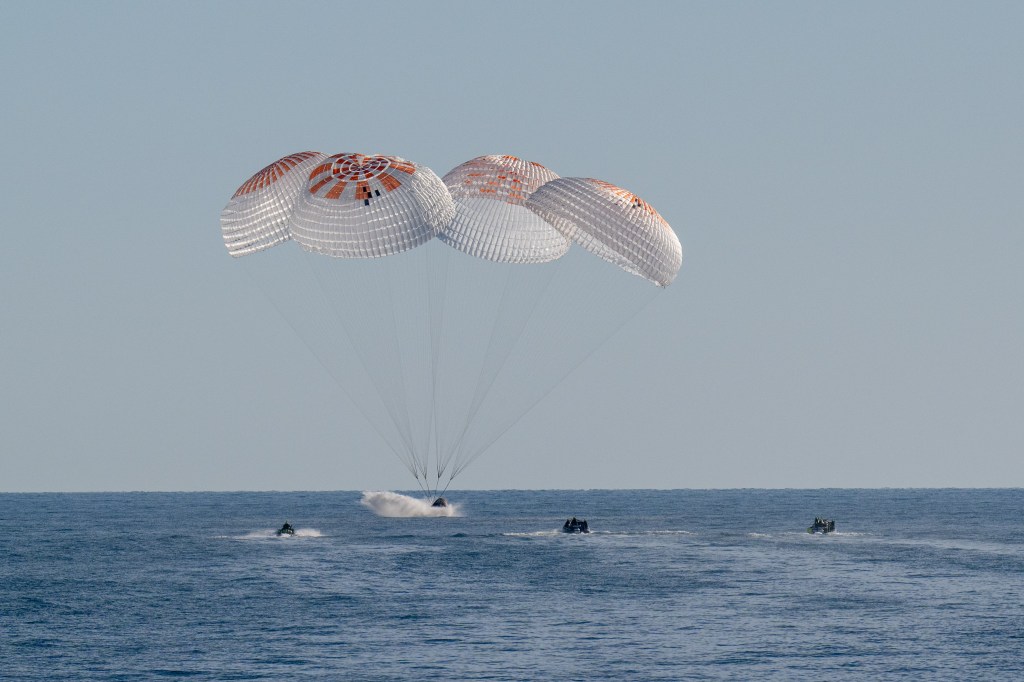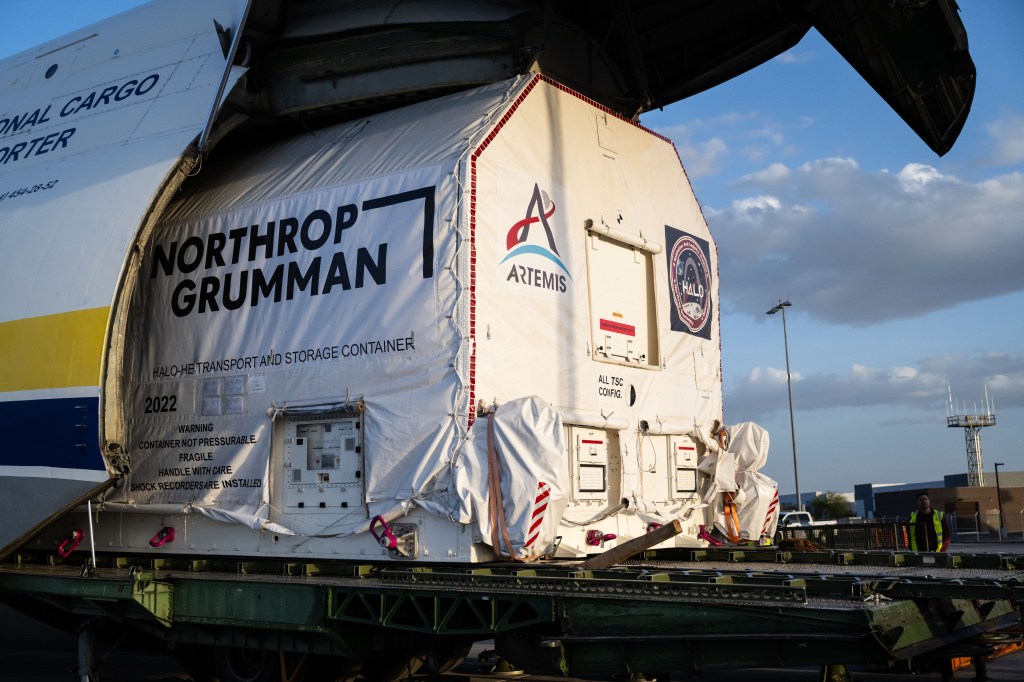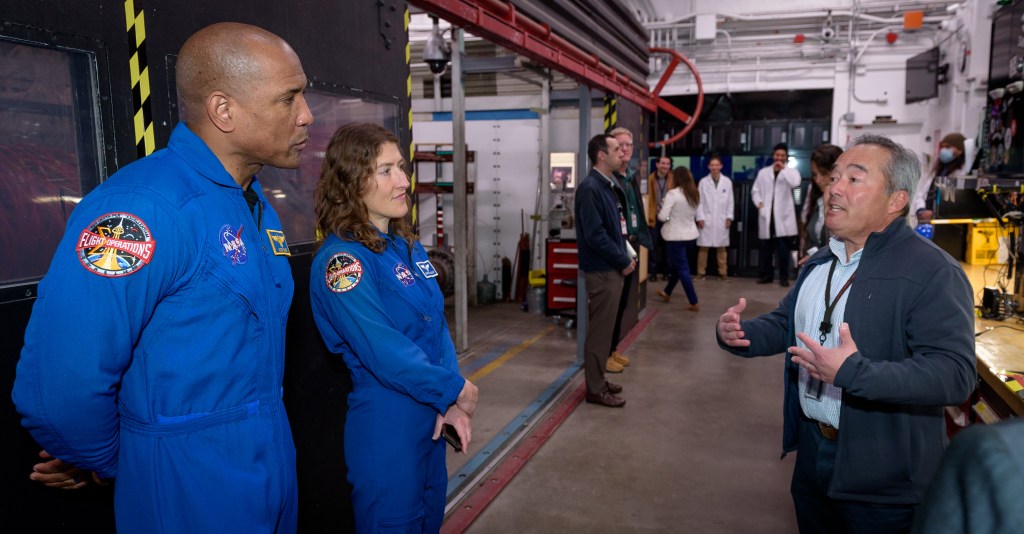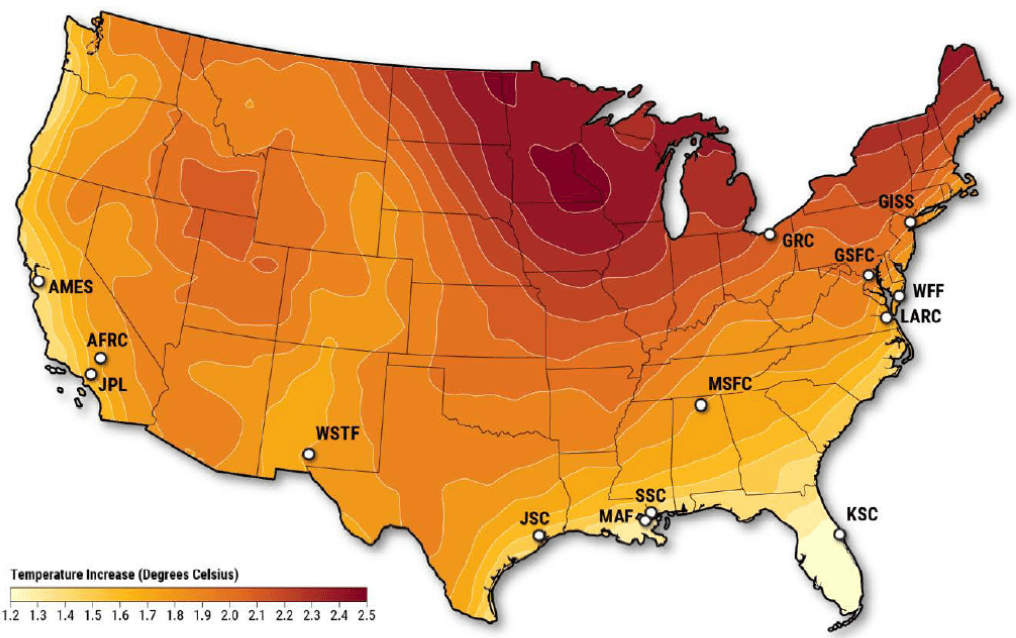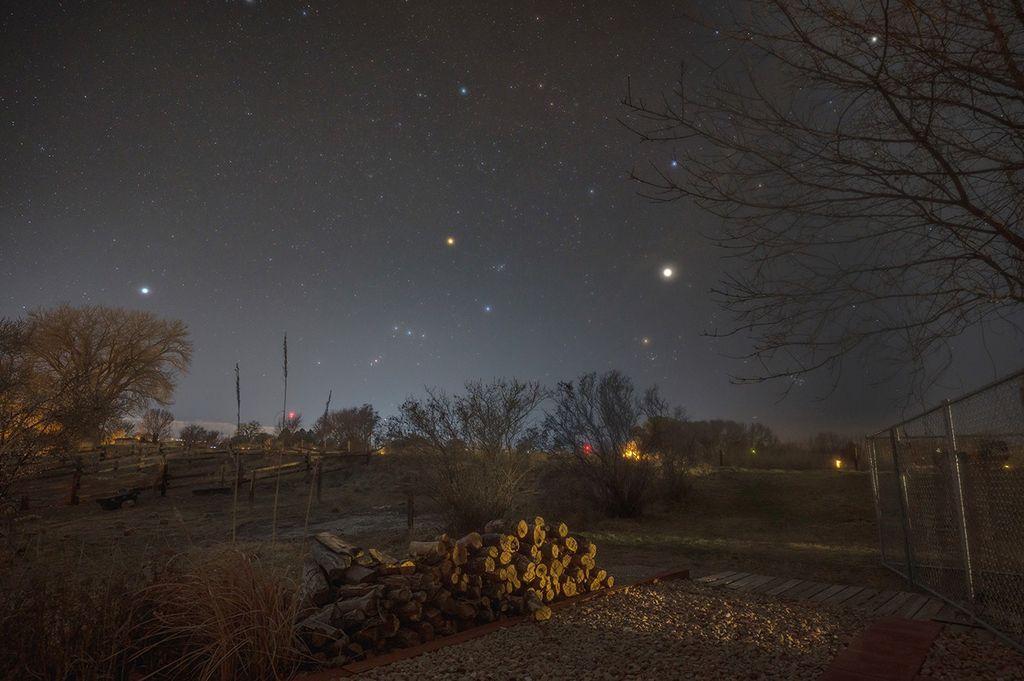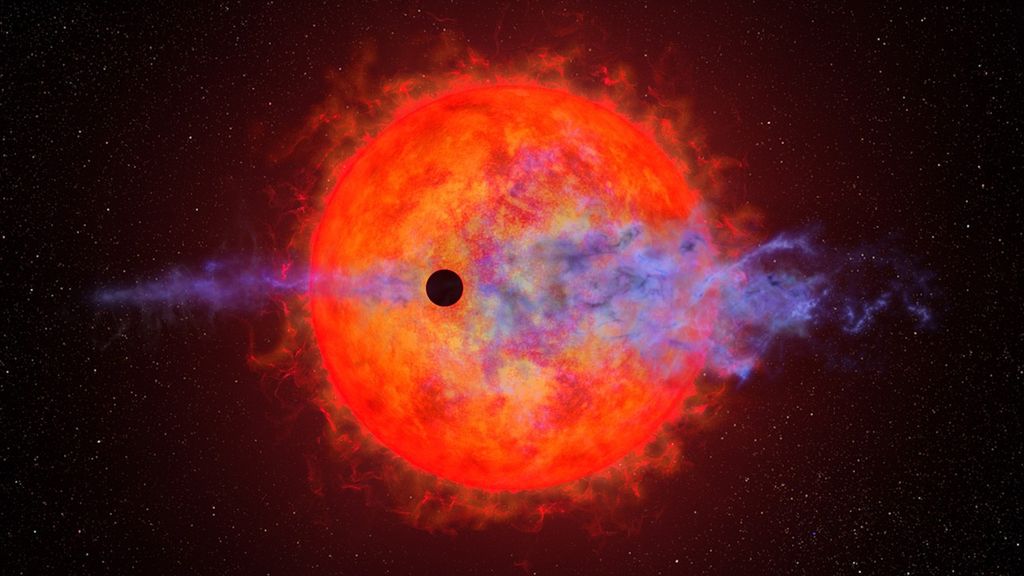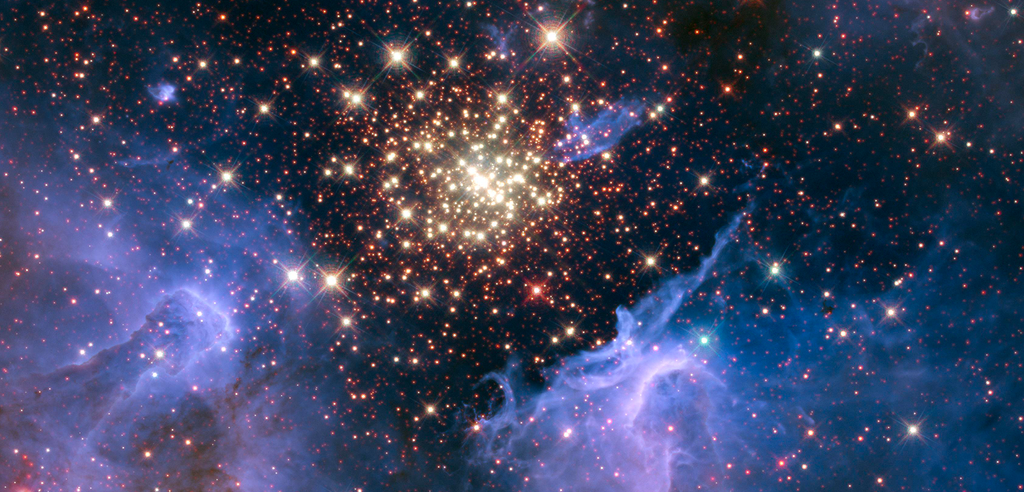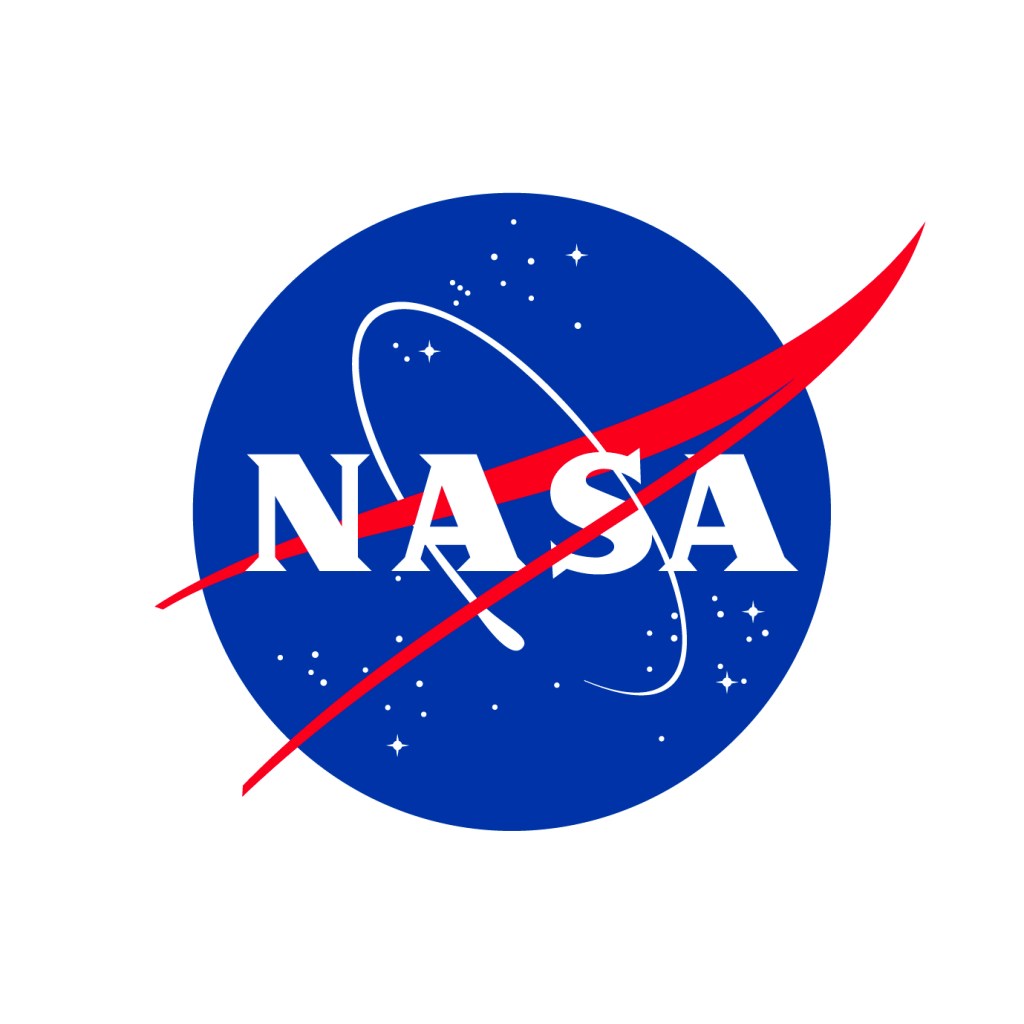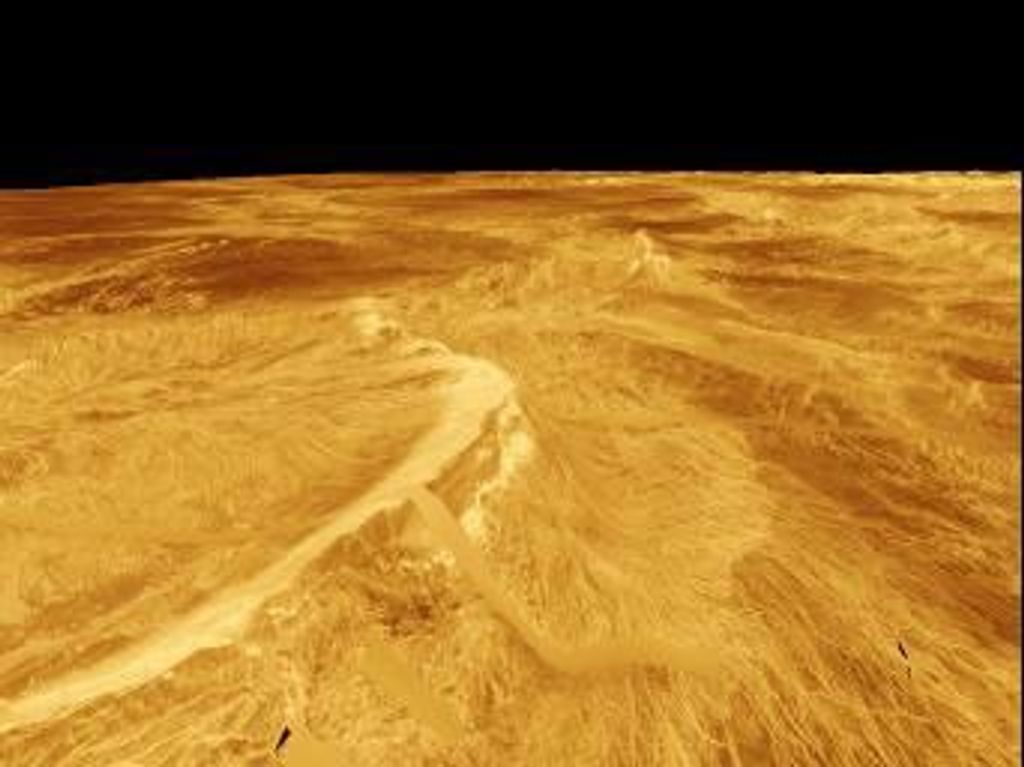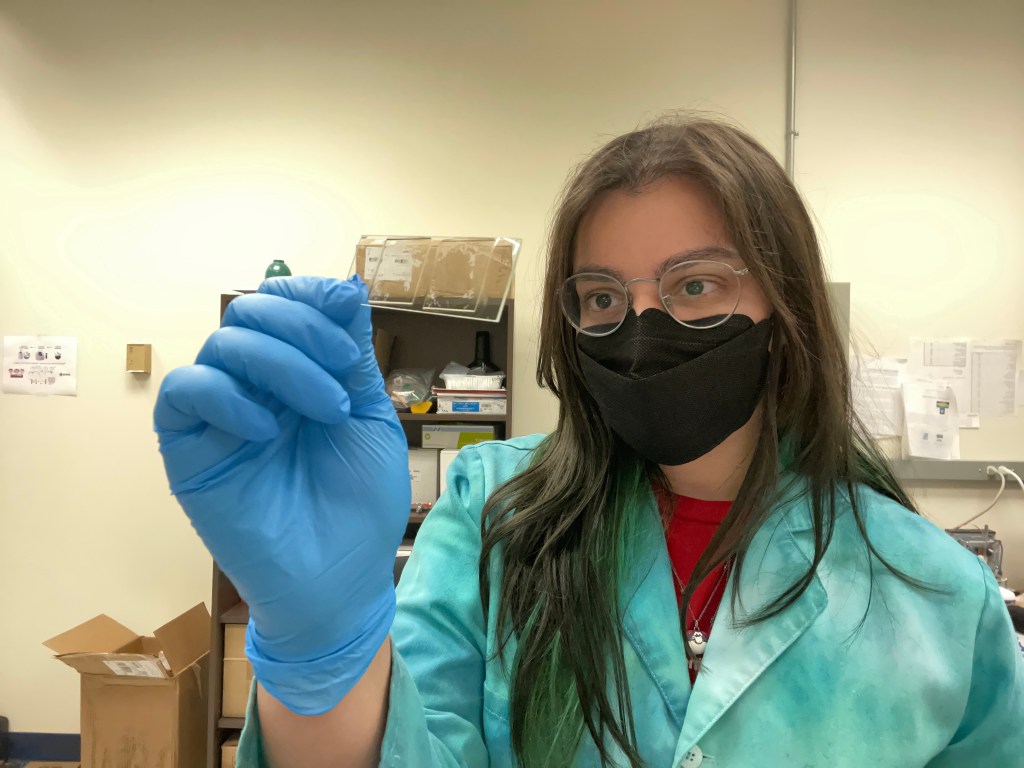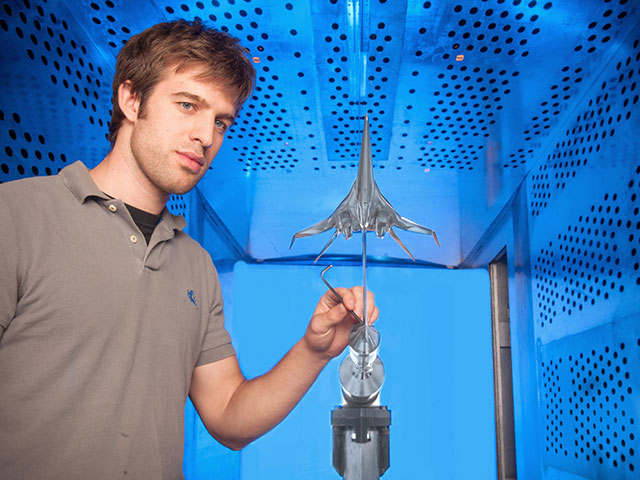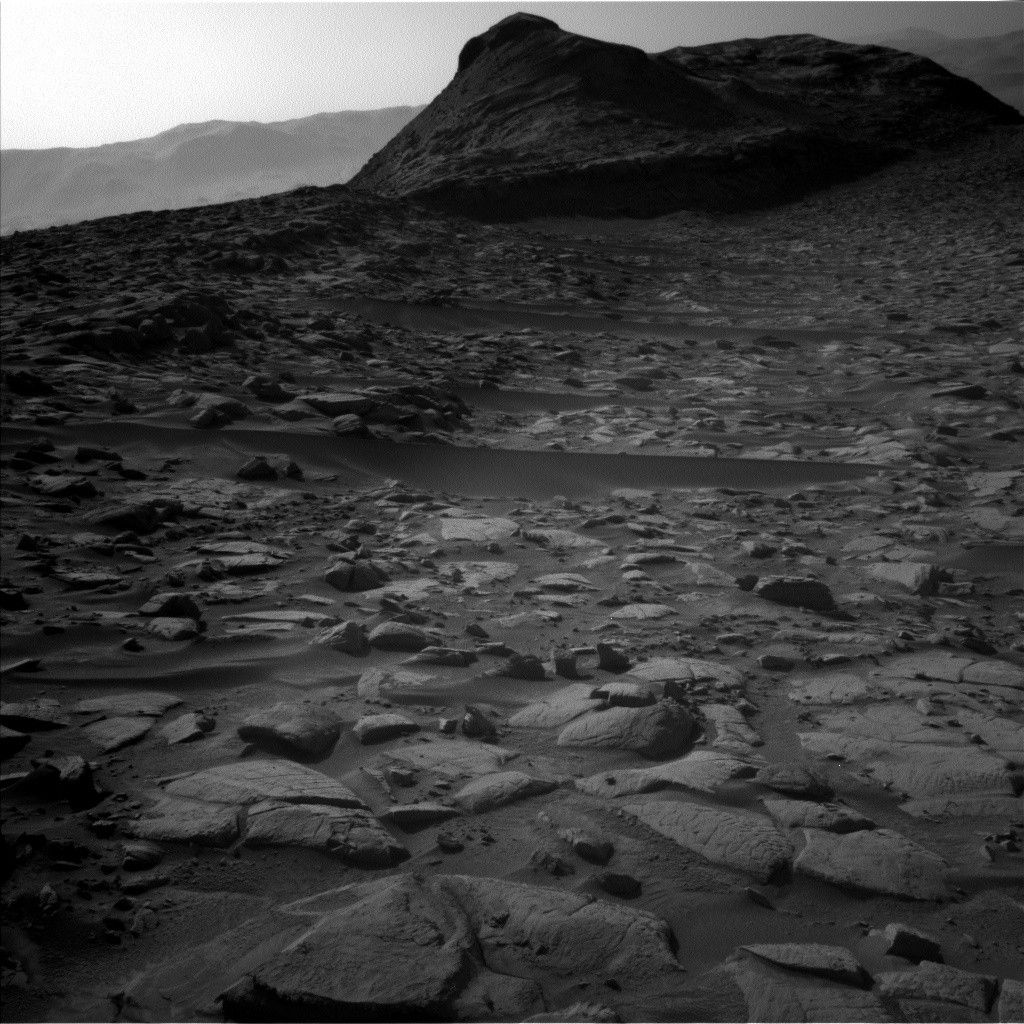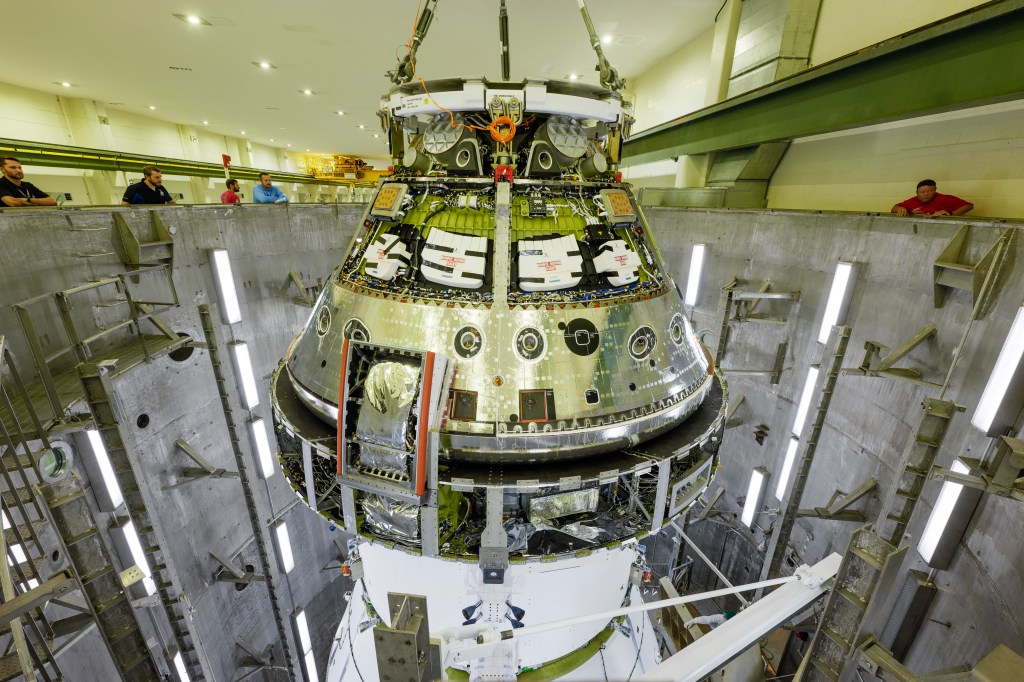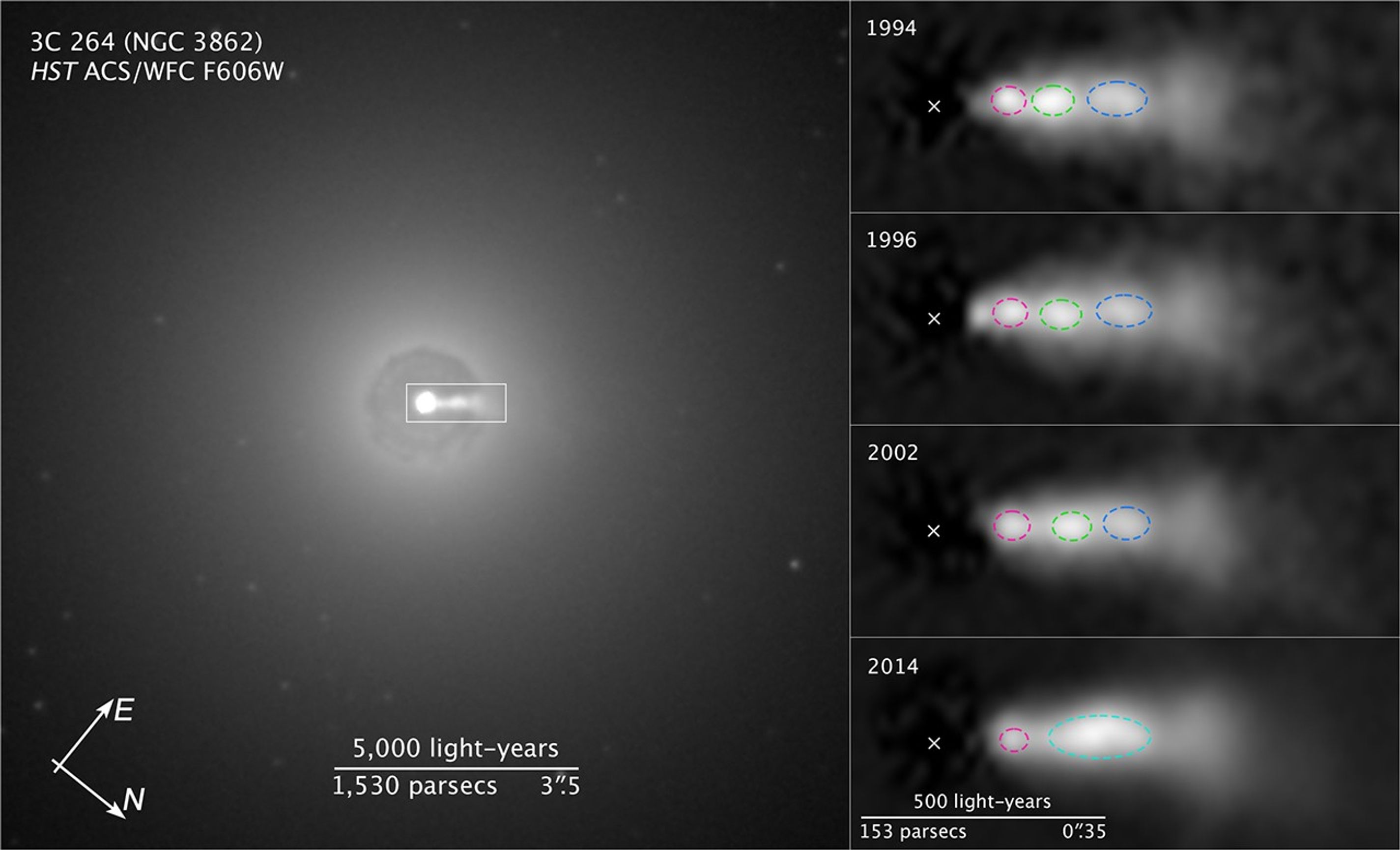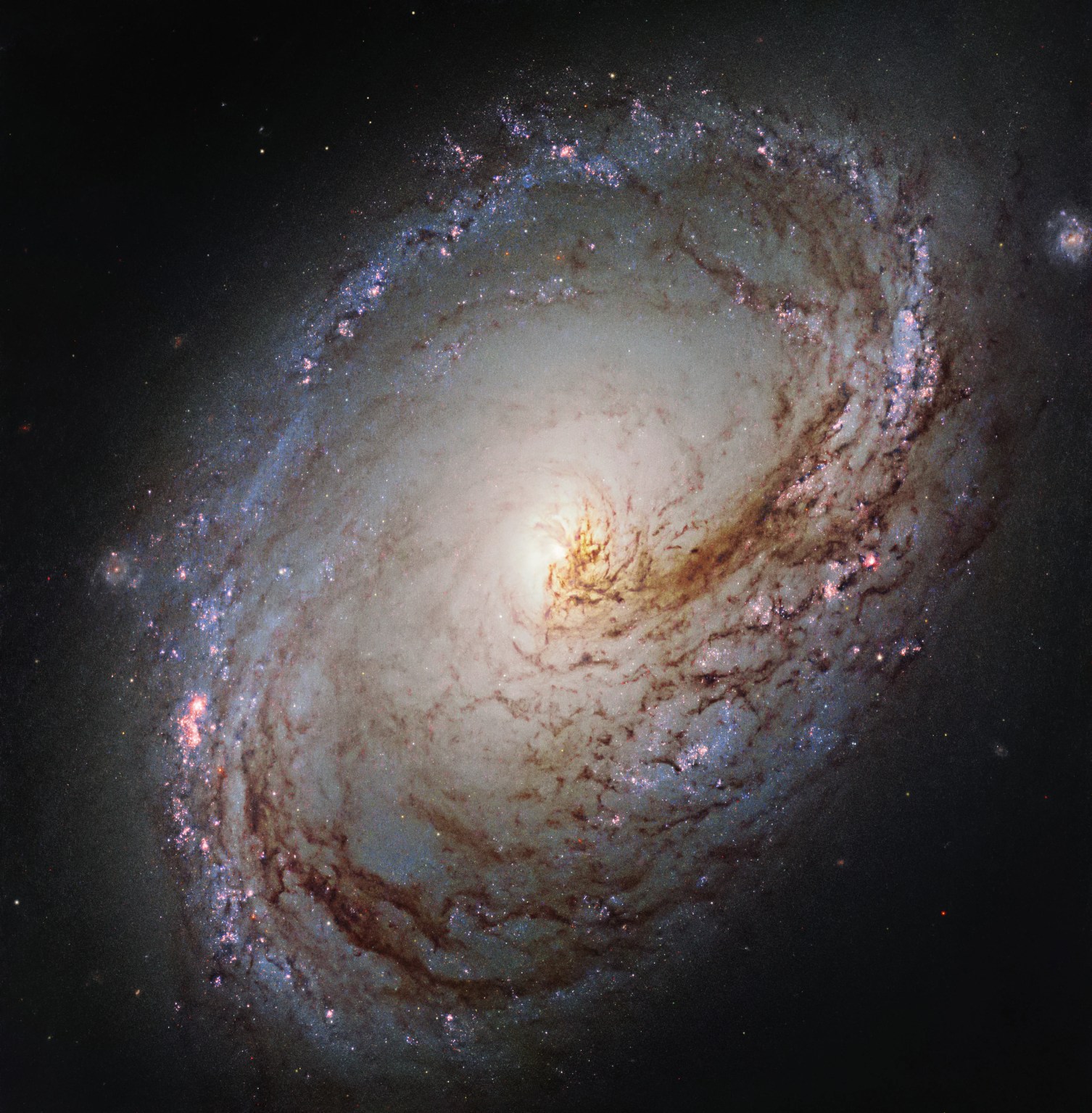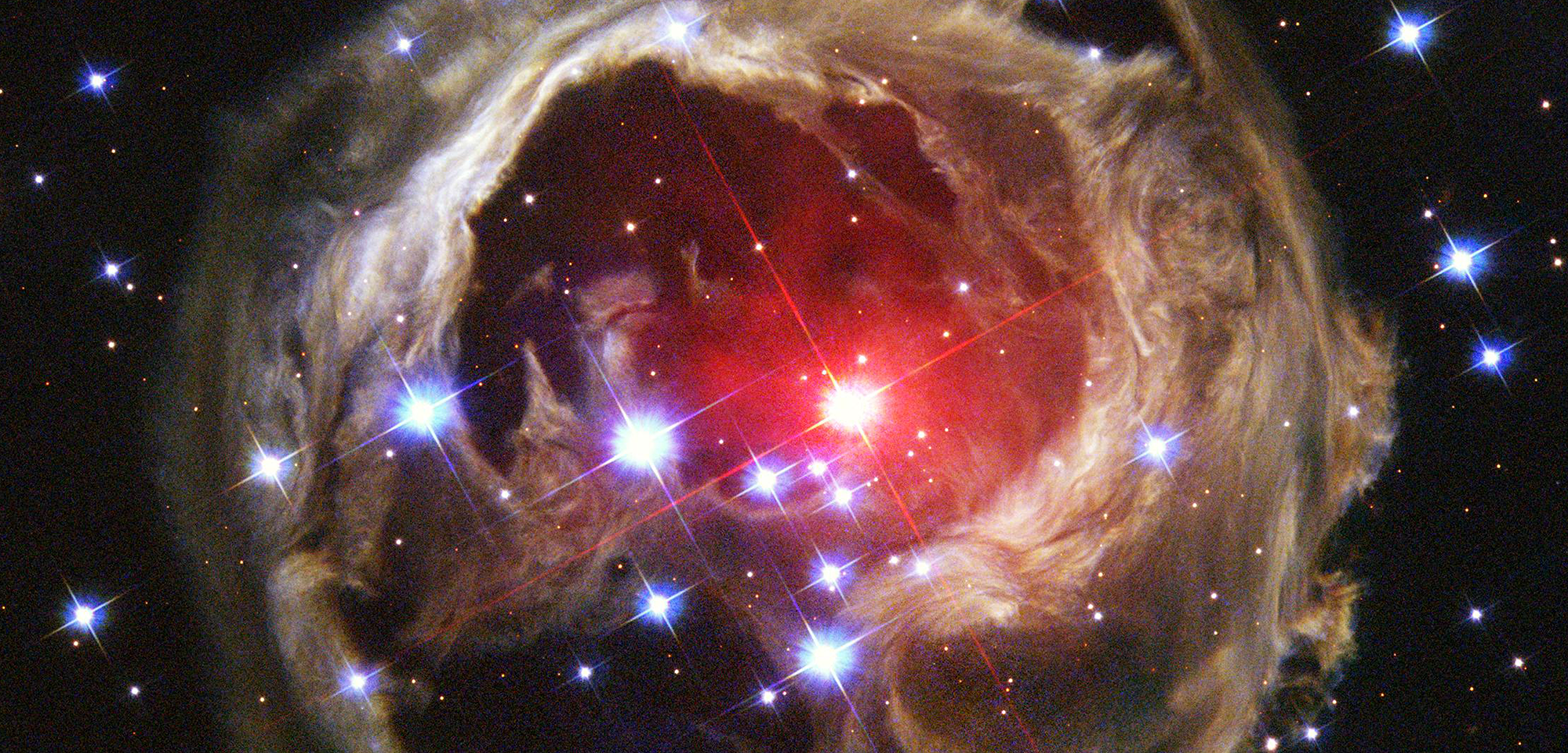1 min read
Active Galaxy 3C 264 (NGC 3862)

[Left] In this NASA Hubble Space Telescope image of the central region of the galaxy NGC 3862, an extragalactic jet of material moving at nearly the speed of light can be seen at the three o'clock position. The jet of ejected plasma is powered by energy from a supermassive black hole at the center of the elliptical galaxy, which is located 260 million light-years away in the constellation of Leo.
[Right] A sequence of Hubble images of knots (outlined in red, green, and blue) shows them moving along the jet over a 20-year span of observing. Astronomers were surprised to discover that the central knot (green) caught up with and merged with the knot in front of it (blue). The new analysis suggests that shocks produced by collisions within the jet further accelerate particles that are confined to a narrowly focused beam of radiation. The "X" marks the location of the black hole.
About the Object
- R.A. PositionR.A. PositionRight ascension – analogous to longitude – is one component of an object's position.11h 45m 5.01s
- Dec. PositionDec. PositionDeclination – analogous to latitude – is one component of an object's position.19° 36' 22.75"
- ConstellationConstellationOne of 88 recognized regions of the celestial sphere in which the object appears.Leo
- DistanceDistanceThe physical distance from Earth to the astronomical object. Distances within our solar system are usually measured in Astronomical Units (AU). Distances between stars are usually measured in light-years. Interstellar distances can also be measured in parsecs.300 million light-years (91 Mpc)
About the Data
- Data DescriptionData DescriptionProposal: A description of the observations, their scientific justification, and the links to the data available in the science archive.
Science Team: The astronomers who planned the observations and analyzed the data. "PI" refers to the Principal Investigator.Observations of 3C 264 were taken from Hubble data from the following proposals: 13327: E. Meyer, W.B. Sparks, J. Biretta, R. van der Marel, J. Anderson, and S.T. Sohn (STScI), M. Chiaberge (STScI/ESA), C. Norman (JHU), E. Perlman (Florida Institute of Technology), M. Nakamura (Academia Sinica, Taiwan), and from the following archival proposals: 9069 : J. Biretta and W.B. Sparks (STScI), 5927, PI: H. Ford (JHU) et al., and 5476, PI: W.B. Sparks (STScI) et al.
The science team comprises: E. Meyer (STScI), M. Georganopoulos (UMBC/NASA GSFC), W.B. Sparks (STScI), E. Perlman (Florida Institute of Technology), R. van der Marel, J. Anderson (STScI), S.T. Sohn (JHU), J. Biretta (STScI), C. Norman (STScI/JHU), and M. Chiaberge (STScI/ESA).
- InstrumentInstrumentThe science instrument used to produce the data.HST>ACS and HST>WFPC2
- Exposure DatesExposure DatesThe date(s) that the telescope made its observations and the total exposure time.December 24, 1994, May 19, 1996, March 30, 2002, May 21, 2014
- FiltersFiltersThe camera filters that were used in the science observations.WFPC2: F702W, F791W, and ACS: F606W
- Object NameObject NameA name or catalog number that astronomers use to identify an astronomical object.3C 264, NGC 3862
- Object DescriptionObject DescriptionThe type of astronomical object.Active Radio Galaxy
- Release DateMay 27, 2015
- Science ReleaseHubble Video Shows Shock Collision Inside Black Hole Jet
- Credit
Related Images & Videos
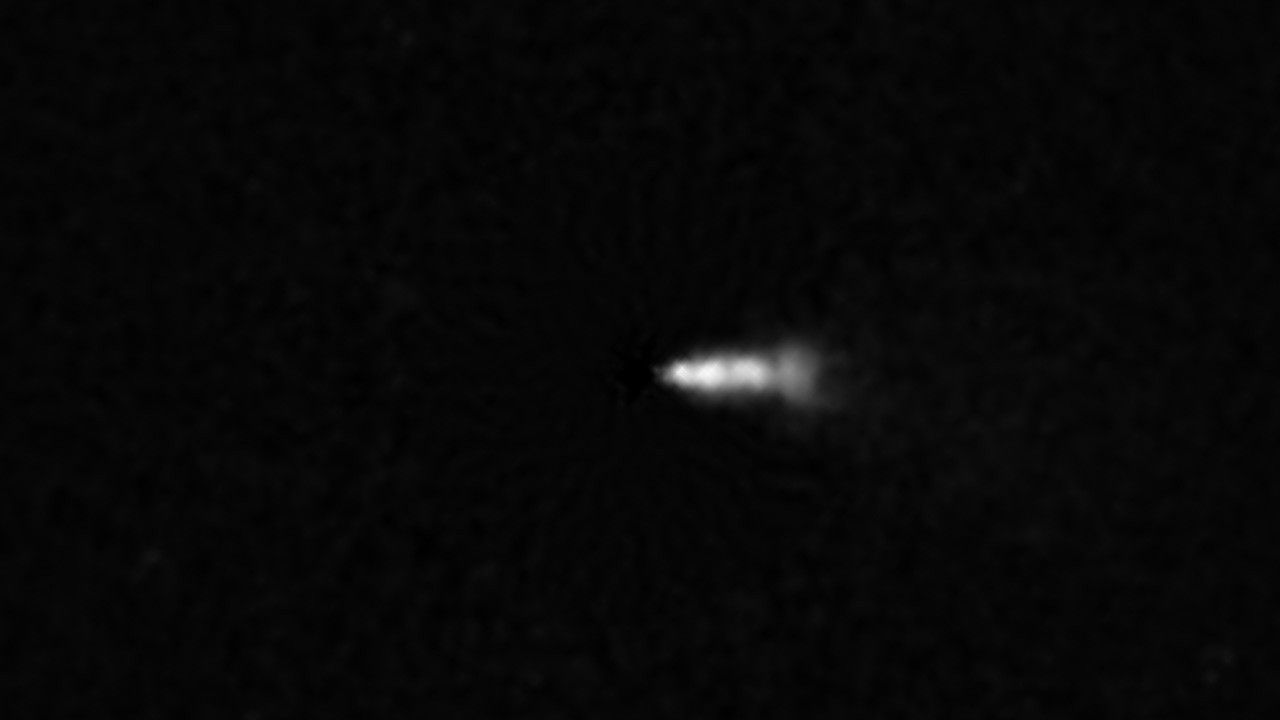
Zoom into Close-Up of Jet Inside Galaxy 3C 264
This time-lapse movie of an extragalactic jet was assembled from 20 years of Hubble Space Telescope observations of the core of the elliptical galaxy NGC 3862. The blowtorch of ejected plasma is powered by energy from a supermassive black hole at the center of the galaxy. Once...
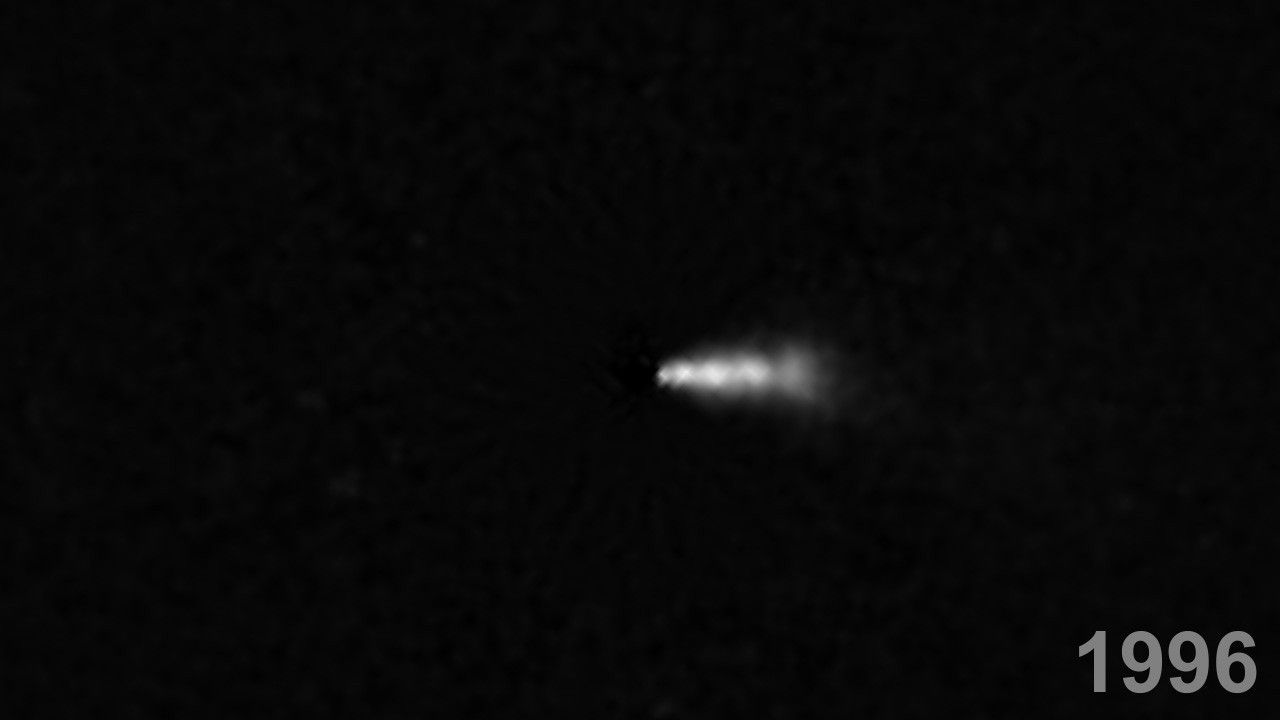
Zoom into Close-Up of Jet Inside Galaxy 3C 264 (Annotated)
This time-lapse movie of an extragalactic jet was assembled from 20 years of Hubble Space Telescope observations of the core of the elliptical galaxy NGC 3862. The blowtorch of ejected plasma is powered by energy from a supermassive black hole at the center of the galaxy. Once...
Share
Details
Claire Andreoli
NASA’s Goddard Space Flight Center
Greenbelt, Maryland
claire.andreoli@nasa.gov

